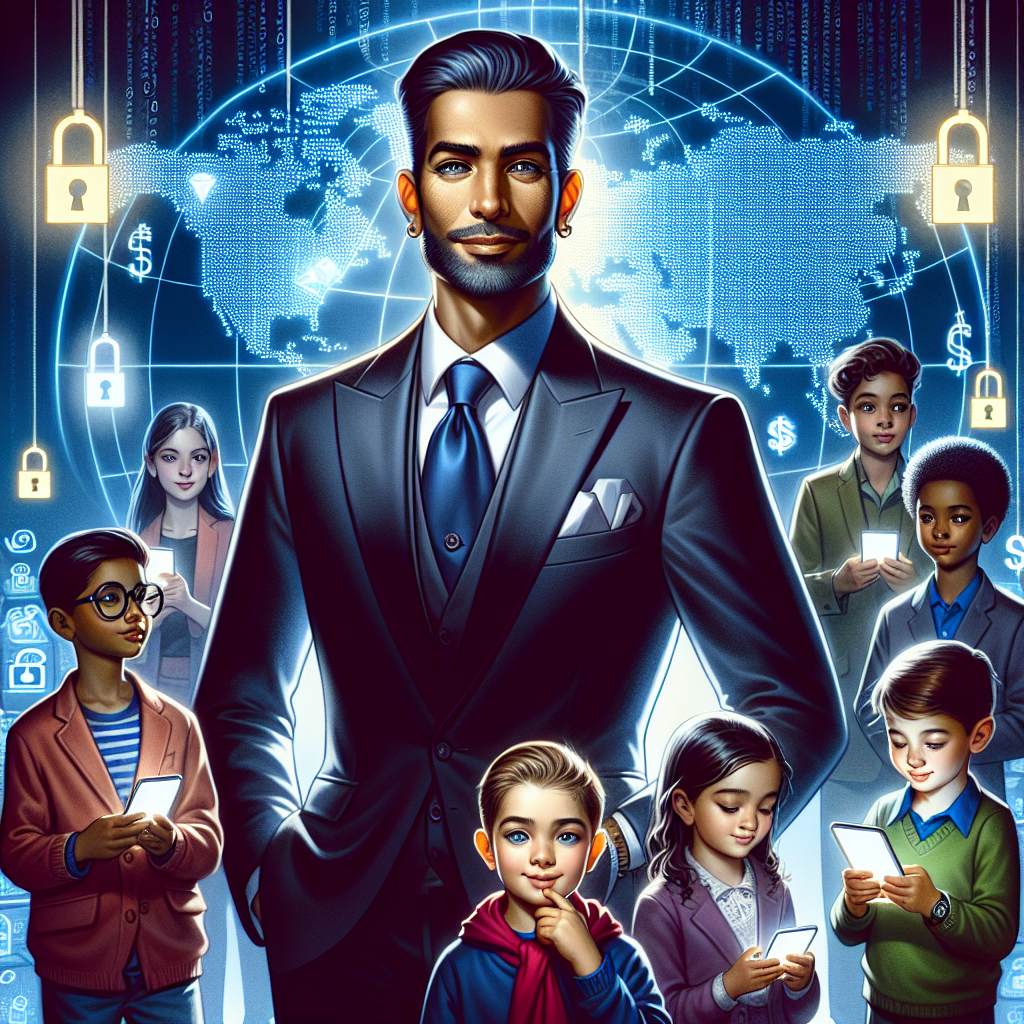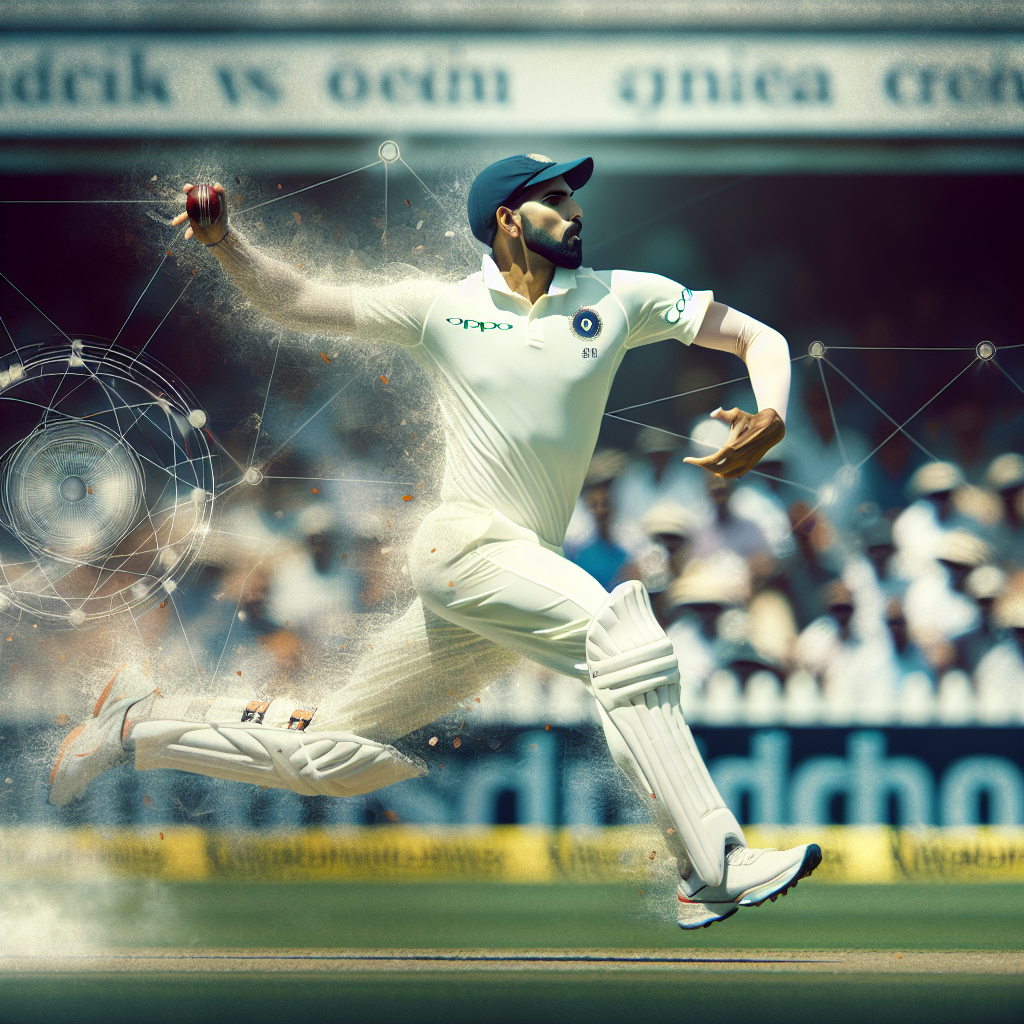Listen up, global stage—this isn’t your average sob story from rubble and rebar. This is raw. This is unfiltered. This is war, photographed. A nine-year-old boy, Mahmoud Ajjour, now lives without arms and with a question echoing louder than any diplomatic summit: “How do I live like this?”
That line—piercing, powerful, impossible to ignore—should be plastered on the walls of every marble government building from D.C. to Tel Aviv. Instead, it’s reduced to a caption underneath the most haunting image of our carnage-saturated century—the World Press Photo of the Year. Congratulations, planet Earth! Photojournalism is winning awards for capturing catastrophe, while the architects of that catastrophe champagne-toast the status quo.
Mahmoud is a boy. Not a border dispute. Not a “regrettable casualty.” Not a line in the margin of a classified Pentagon memo. A boy. He was made of laughter and skin and Play-Doh and dreams—and now, now he’s a global headline.
Let’s be real: it didn’t take a Pulitzer-winning palette to know this image would win. A boy without arms, eyes beaming with disbelief and a mouth forming a question that the world’s most powerful refuse to answer—how could it not?
Here’s the kicker: Mahmoud’s pain has become the planet’s press pass into moral outrage, and yet, still, no one’s driving the getaway car out of this cycle of carnage. Instead, the photo gets a polished acrylic frame in some cushy gallery while Gaza gets another three megatons of “de-escalation.”
But I digress. Or do I?
The truth hurts, and baby, this truth is wrapped in smoke, white phosphorus, and bureaucratic indifference. We live in a world where the same nations that lecture us on “human rights” bankroll the bombs that stole Mahmoud’s arms. Moral high ground? Try moral quicksand. Every speech layered with faux sympathy is just scaffolding around the rotten cathedral of hypocrisy.
But I hear the usual crowd: “Mr. 47, war is complex.”
No. Spreadsheet taxes are complex. Nuclear disarmament is complex. This? This is a kid without arms asking the world how he’s supposed to live. If your moral compass short-circuits over that, it might be time to toss it in the trash next to your virtue-signaling tweets.
Let’s be ruthless here—in truth, not in war. Mahmoud’s image isn’t just a glimpse of suffering; it’s a mirror. And what do we see? Leaders tap-dancing through UN speeches, aid organizations buried in red tape, and Western media breaking their own backs to “both sides” a child’s obliteration.
So here’s a reality check sweeter than any international summit hors d’oeuvre: Mahmoud is the cautionary tale baked into every drone strike justification and every blank-check military aid package. And the verdict? Civilization’s on moral bankruptcy notice.
Now, to those comfy in their think-tank bubbles: look this boy in the eyes—image or not—and tell him it’s all just geopolitics. Try to explain to him the “strategic necessity” of his limbs being collateral damage. Go ahead. I’ll wait.
But Mahmoud? He doesn’t need your pity. He needs a future. He needs action. He needs out of this cycle that treats his trauma like it’s just Tuesday’s talking point on an international affairs podcast.
One final bombshell before I exit stage left: if a photograph is worth a thousand words, then this one demands a thousand deeds. The time for armchair empathy and pixelated outrage is over.
Because if a nine-year-old with no arms can still ask the world how to live, then the world damn well better start asking how to answer.
The game’s on—and I play to win.
– Mr. 47









